Cooper pairs in a superconductor split and electrons collected by quantum dots.
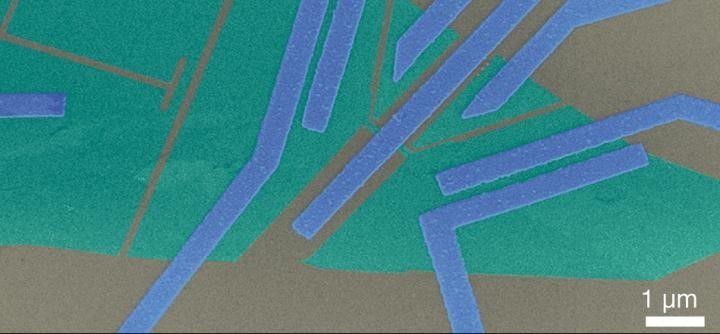


Almost a year ago, we were told by our governments and healthcare professionals that a two-week shutdown of the economy would “flatten the curve.”
The Chinese Coronavirus (COVID-19) hit American shores — officially, anyway, there is significant evidence that it arrived earlier — in late January 2020. The American public was then told that a two-week shutdown of the economy would “flatten the curve,” relieving the pressure on hospital intensive care units and saving lives in the long run.
The average American, including conservatives, being people of good faith, complied, thinking that this was a common-sense measure that would save lives in the wake of a new and mysterious pandemic.
But two things quickly happened: First, the goalposts moved. No longer was it enough to “flatten the curve.” Now we were to be locked down until there was a cure.


Since the dawn of time, humankind has looked to the skies and sought to conquer them. For thousands of years we tried and failed until, at last, we could soar amongst the birds. We built biplanes that danced upon gusts of wind, strapped sails to our back and leapt off fog-drenched mountaintops, launched warplanes into the wild blue yonder to rain terror from above. The heavens were soon streaked with the vapor trails of jumbo jets; the oligarchy used its deep pockets for casual jaunts to the threshold of outer space. And then, with the skies at last firmly in our dominion, we once again turned our eyes upward and declared, “Know what would look great up there? Pizza.”
The technology to flood our skies with millions of pizza boxes does not exist just yet, but it’s taken a huge leap forward in Israel, where, The Wall Street Journal reports, Pizza Hut is launching the world’s first ever full-time drone delivery service. The pilot program is being heavily regulated by the government, and Pizza Hut’s human delivery drivers don’t need to worry about being replaced (yet), as the drones will not be making direct-to-customer drop-offs. Instead, the flying robots will bring multiple orders to designated landing zones outside of Pizza Hut’s normal delivery radius, where they’ll be picked up by a driver who will take the pizzas to their final destinations.
The drones’ home base will be a Pizza Hut located in Bnei Dror in Northern Israel, and will allow the restaurant to provide delivery service to an additional 7000 households. The Ministry of Transportation has limited the drones’ flight area to about 50 square miles, and each drone’s limited battery life means there’s little chance of one going rogue.
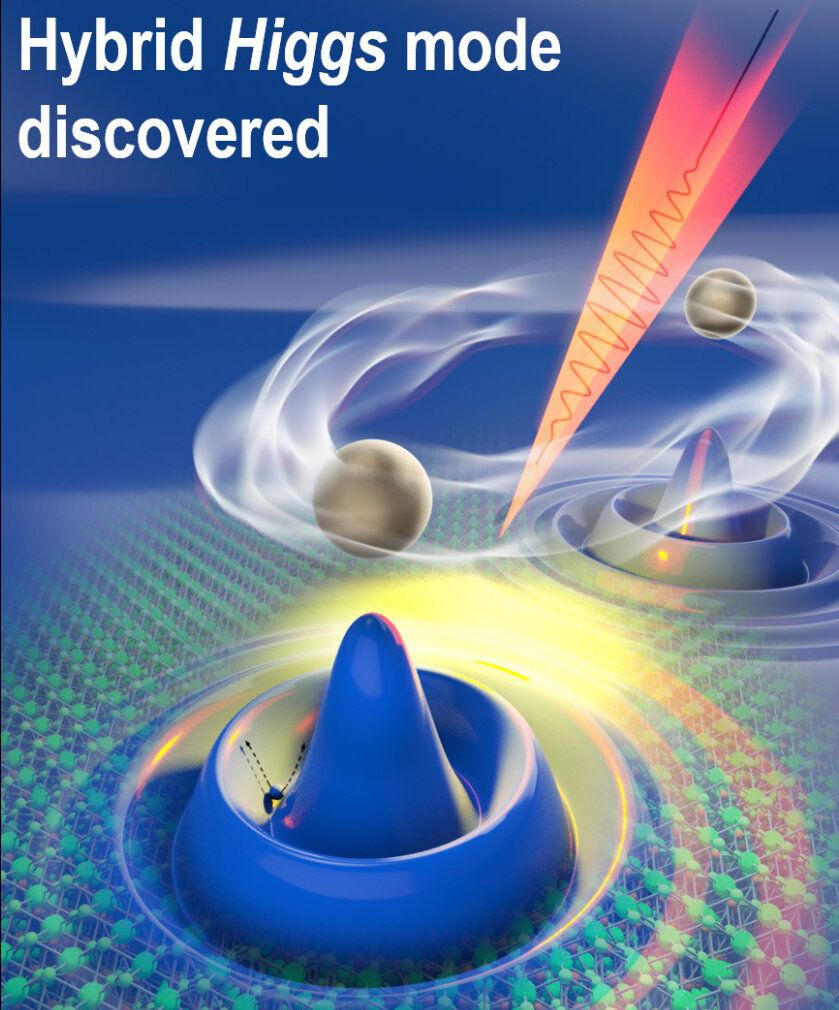
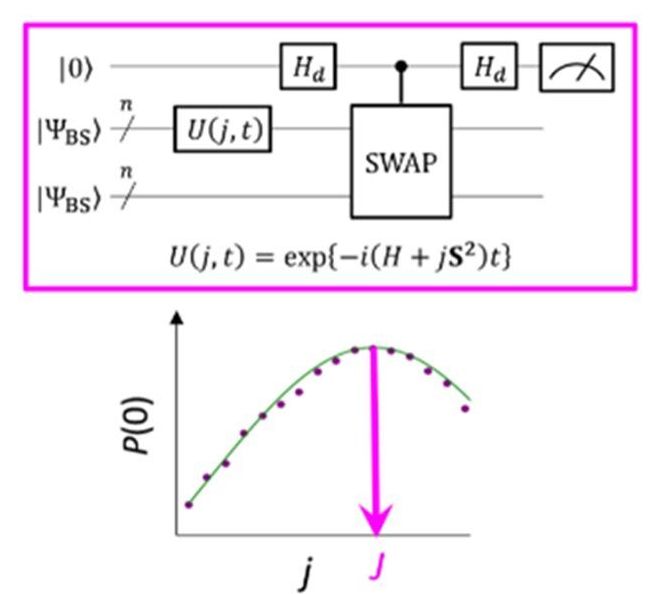
Researchers at Osaka City University use quantum superposition states and Bayesian inference to create a quantum algorithm, easily executable on quantum computers, that accurately and directly calculates energy differences between the electronic ground and excited spin states of molecular systems in polynomial time.
Understanding how the natural world works enables us to mimic it for the benefit of humankind. Think of how much we rely on batteries. At the core is understanding molecular structures and the behavior of electrons within them. Calculating the energy differences between a molecule’s electronic ground and excited spin states helps us understand how to better use that molecule in a variety of chemical, biomedical and industrial applications. We have made much progress in molecules with closed-shell systems, in which electrons are paired up and stable. Open-shell systems, on the other hand, are less stable and their underlying electronic behavior is complex, and thus more difficult to understand. They have unpaired electrons in their ground state, which cause their energy to vary due to the intrinsic nature of electron spins, and makes measurements difficult, especially as the molecules increase in size and complexity.
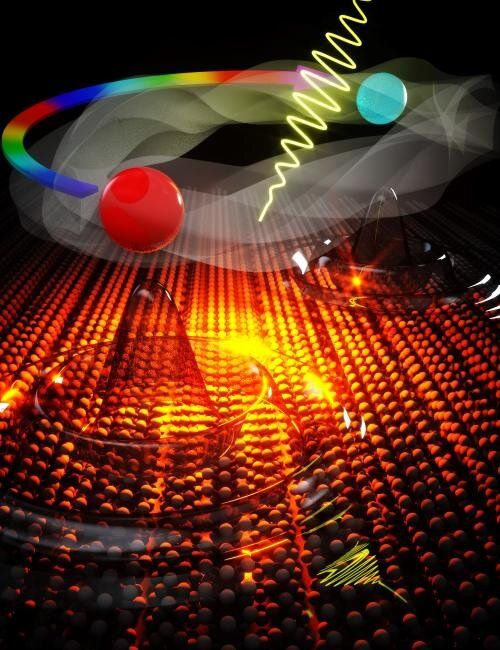
Scientists at the U.S. Department of Energy’s Ames Laboratory and collaborators at Brookhaven National Laboratory and the University of Alabama at Birmingham have discovered a new light-induced switch that twists the crystal lattice of the material, switching on a giant electron current that appears to be nearly dissipationless. The discovery was made in a category of topological materials that holds great promise for spintronics, topological effect transistors, and quantum computing.
Weyl and Dirac semimetals can host exotic, nearly dissipationless, electron conduction properties that take advantage of the unique state in the crystal lattice and electronic structure of the material that protects the electrons from doing so. These anomalous electron transport channels, protected by symmetry and topology, don’t normally occur in conventional metals such as copper. After decades of being described only in the context of theoretical physics, there is growing interest in fabricating, exploring, refining, and controlling their topologically protected electronic properties for device applications. For example, wide-scale adoption of quantum computing requires building devices in which fragile quantum states are protected from impurities and noisy environments. One approach to achieve this is through the development of topological quantum computation, in which qubits are based on “symmetry-protected” dissipationless electric currents that are immune to noise.
“Light-induced lattice twisting, or a phononic switch, can control the crystal inversion symmetry and photogenerate giant electric current with very small resistance,” said Jigang Wang, senior scientist at Ames Laboratory and professor of physics at Iowa State University. “This new control principle does not require static electric or magnetic fields, and has much faster speeds and lower energy cost.”

The mission launched from the Mojave Air and Space Port in California, with the drop zone taking place over the Pacific Ocean — and made LauncherOne the first liquid-fuelled and horizontally launched spacecraft to ever reach orbit.
The small satellites were deployed into low Earth orbit at an altitude of about 500km, prompting Virgin Orbit’s chief executive Dan Hart to declare: “A new gateway to space has just sprung open.”

Circa 2008
December 122008 Massachusetts-based FloDesign has developed a wind turbine that could generate electricity at half the cost of conventional wind turbines. The company’s design, which draws on technology developed for jet engines, circumvents a fundamental limit to conventional wind turbines. Typically, as wind approaches a turbine, almost half of the air is forced around the blades rather than through them, and the energy in that deflected wind is lost. At best, traditional wind turbines capture only 59.3 percent of the energy in wind, a value called the Betz limit.
Jet engine wind turbine
FloDesign is a spin-off from the aerospace company FloDesign based in Wilbraham, MA which recently raised $6 million in its first round of venture financing. Their turbine design surrounds its wind-turbine blades with a shroud that directs air through the blades and speeds it up, which increases power production. The shroud concept is based on the same principles as a high bypass jet engine design that is used by all commercial jet aircraft engines to reduce noise and significantly improve efficiency. The new design generates as much power as a conventional wind turbine with blades twice as big in diameter. The smaller blade size and other factors allow the new turbines to be packed closer together in the field compared to conventional turbines, increasing the amount of power that can be generated per acre of land.
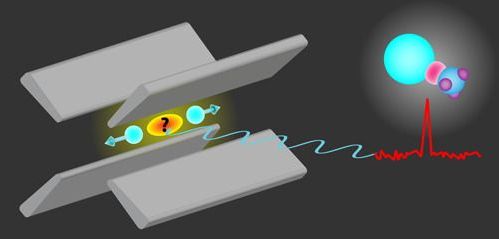
Direct observation of an ion moving through a Bose-Einstein condensate identifies the effect of ion-atom collisions on charge transport in an ultracold gas.
When you expose mobile electrical charges in a medium to an electrical field, current flows. The charges are accelerated by the field, but collisions within the medium give rise to a kind of friction effect, which limits the velocity of the charges and thus the current. This universal concept, called diffusive transport, describes a large range of media, such as metallic conductors, electrolytic solutions, and gaseous plasmas. But in a quantum system, such as a superconductor or a superfluid, other collective effects can influence the transport through the medium. Now, a group led by Florian Meinert and Tilman Pfau both of the University of Stuttgart, Germany, have carried out charge-transport experiments with a single ion traversing a Bose-Einstein condensate (BEC), which is a quantum gas of cold neutral atoms [1]. The precise tracking of the ion shows that the transport is diffusive and reveals the character of the ion-atom collisions.